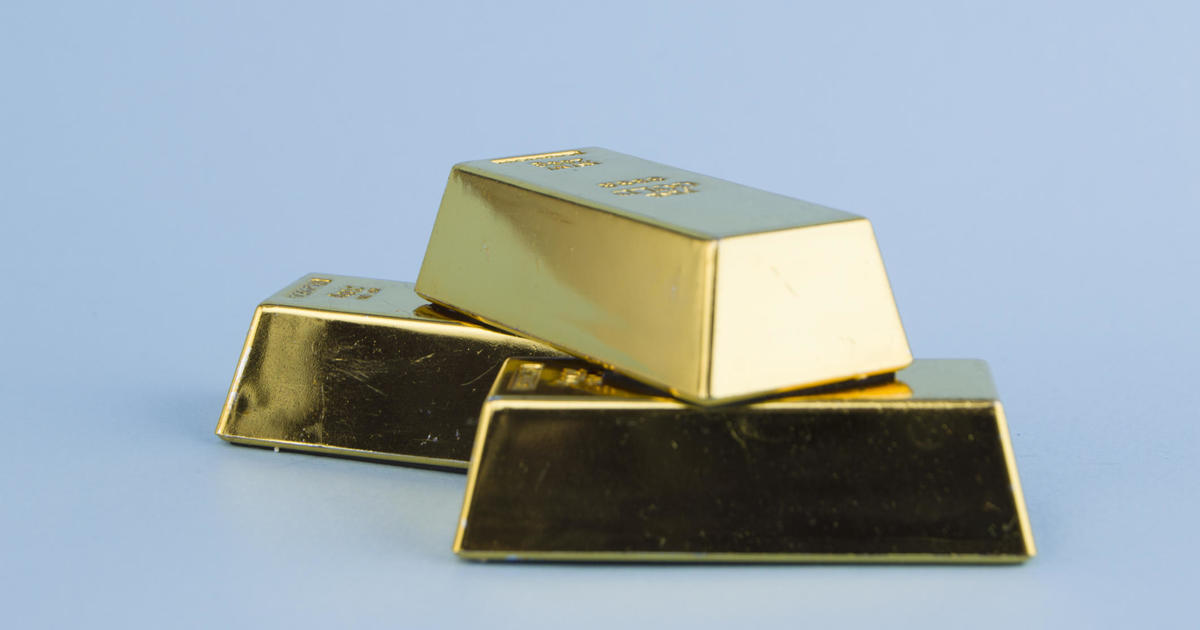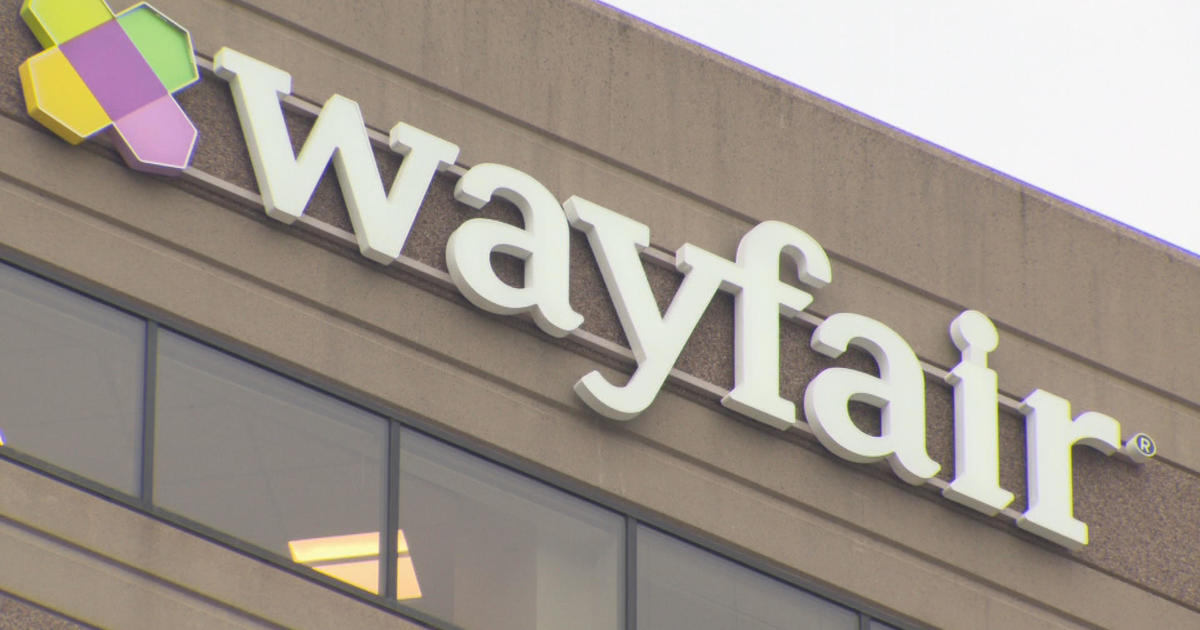Geothermal heat is slowly gaining steam in homes
Steve Smith has had a rough few years. The Greenville, Illinois, resident has been in business for himself since 1996, installing heating and cooling systems. Ten years later, he bought a manufacturer. At the end of 2016, he had more than 120 employees and relationships with hundreds of vendors, doing work across all 50 states and in Canada.
But starting in 2016, his business shrunk by nearly half.
"2017 hit and it was a cliff for us," Smith said. His sales dropped by half, he said, adding that by the end of last year, he had just 76 workers.
"My wife knows their kids' names, how old they are," he said. "To lay people off, it was just wrenching."
Smith's company, Enertech Global, deals with one particular type of clean energy: Geothermal, which uses the earth's natural temperature to heat and cool buildings. Its trouble started when, just over two years ago, Congress let expire a tax credit for a number of lesser-known renewable energies, including geothermal, in what some describe as a drafting error.
After two years of diligent lobbying from Smith and his fellow business owners, lawmakers reinstated the credit last month, in the early-morning hours of Feb. 9.
Hours later, Smith's phone started ringing with orders. "We're already talking about bringing back 25 percent of the workforce we laid off," Smith said. "We want to be back to our initial size by next year."
Geothermal heat and energy, often called "the forgotten renewable," are widely used elsewhere in the world, with China, Sweden and New Zealand making use of geothermal heat and power. Iceland, with its abundant hot springs and volcanoes, gets a quarter of its electricity from geothermal power.
Geothermal energy doesn't create emissions, unlike fossil fuels. Because it uses heat radiating from the earth's core, it's considered renewable, with a supply whose lifetime is equal to the Earth's.
But in the U.S., geothermal remains little-known.
"Solar and wind have much better marketing," said Maria Richards, who runs the geothermal laboratory at Southern Methodist University. "You can see the sun in your face, and the wind in your hair, but unless you go to Yellowstone or Hot Springs, Arkansas, you can't see the heat that's in the ground."
Geothermal systems make up just 1 percent of the market. At their most popular, about 40,000 of them were installed in U.S. homes every year. Now that Congress has put the technology on equal footing with wind and solar, many in the industry are hoping for bigger growth.
"My phone rings every day with calls from homeowners and business owners," said Ryan Dougherty, chief operating officer of the Geothermal Exchange Organization, an industry group. "We've gotten a lot more signups and renewals since this happened."
Geothermal systems work by moving heat from the earth, which deep underground stays the same temperature year-round -- somewhere between 45 degrees and 70 degrees. A geothermal system transfers that heat to a building, via a loop installed deep into the soil. A mixture of fluids is then pumped through the loop and reaches the temperature of the surrounding earth. It's then pumped into a geothermal heat pump, which takes the place of a traditional furnace, gets heated further if necessary and distributed throughout the building.
So when the air temperature hits 5 degrees Fahrenheit during an Illinois winter, a homeowner with a geothermal heat pump would need only enough electricity to bring the home's temperature up about 20 degrees -- from the ground's 50 degrees to a comfortable 70. Someone with a conventional system needs to create a 65-degree shift in temperature, requiring much more energy.
One homeowner who switched from oil heat to geothermal saw his monthly bills drop by more than half. Matt VanDerlofske, of upstate New York, now spends less than $200 a month on electricity after installing a geothermal heat pump system that also cools the house in the summer, according to Inside Climate News. And he no longer faces big heating oil bills, like he did the prior year, when he spent $4,000 on fuel oil during the cold season. Many geothermal aficionados also use solar arrays for their electricity needs, effectively getting electricity for free.
But the upfront costs of a geothermal heating system -- somewhere between $20,000 and $25,000, or double the costs of a conventional system -- can be daunting, particularly when conventional energy is historically cheap.
"If natural gas is really cheap, people just tend to look at what's my out-of-pocket cost," said Dougherty. "It's a savvy consumer who asks, what is this going to cost me in the long run? Geothermal heat pumps cost more to install, but you're going to recoup that at an accelerated rate because the efficiency is so much higher."
That's where a boost from the government helps. With the federal tax credit, the cost of a $25,000 system drops to $18,500. Many states, especially in the Midwest and Northeast, also offer incentives. In New York, a single-family home can get back up to $15,000. At those rates, a geothermal system could pay for itself in just a couple years, while potentially outlasting a conventional HVAC unit. The lifetime for a geothermal heat pump is over 20 years, said Smith, while the in-ground loop will often outlive the building itself.
Still, the recent Congress-induced hiccup has some geothermal businesses reconsidering how they market their product and focusing more on the merits of the system.
"There are some homeowners who think of it as a luxury product -- it's quieter and clean, and they don't need to think of gas solutions," said Katie Ullmann, vice president of marketing at Dandelion, a geothermal startup conceived at Google (GOOG) and based in upstate New York.
Unlike even solar and wind systems, geothermal is invisible, with no arrays to conceal or cover up. It's much quieter than a traditional furnace. And there's the appeal of self-sufficiency.
"It's like putting a power plant in your own yard," said Smith. "It's there permanently. And then the cost savings go from there."



